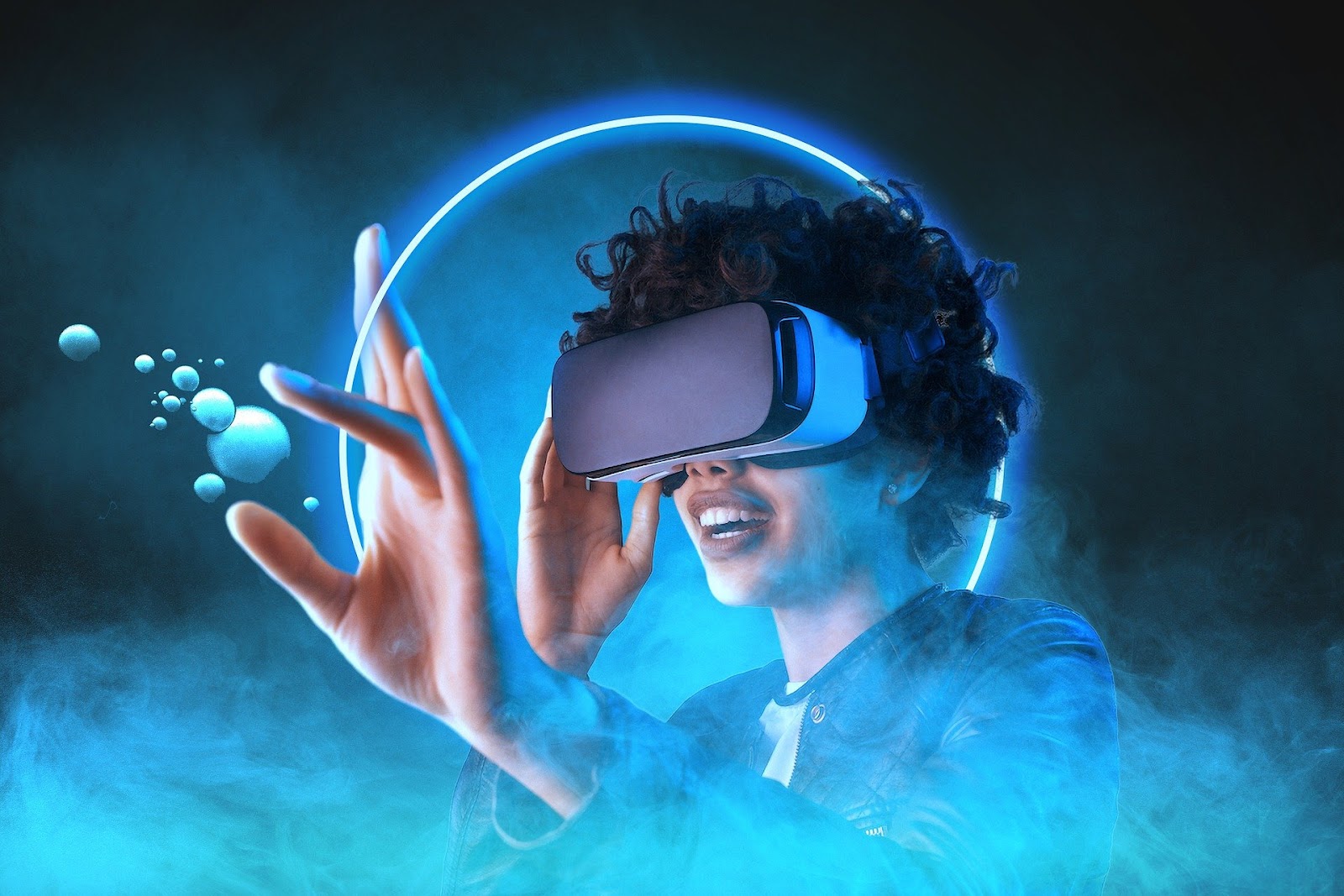In the realm of human-computer interactions, haptic technology – derived from the Greek word “haptikos,” meaning pertaining to touch – is revolutionizing our sensory experiences. With its ability to create a sense of touch through vibration, force, or motion, haptic technology is transforming our engagement with the digital world. This article examines the science of haptic technology, its applications, and its future.
The Science of Haptics
Haptic technology encompasses various systems and devices that generate tactile feedback, designed to mimic the sense of touch. This feedback can take different forms, such as vibrations, pressure, temperature changes, or movements, and it is generated using various mechanisms.
Mechanisms of Haptics
The basis of haptic technology lies in the physics of force feedback and vibrations, typically executed through electromechanical actuators, such as motors, piezoelectric actuators, and pneumatic devices. For instance, in haptic devices like game controllers or smartphones, tiny motors spin off-center weights to generate a vibration that users can feel.
Sophisticated haptic systems might employ other technologies such as ultrasound or electrostatic forces to provide more nuanced tactile sensations. These technologies, called mid-air haptics, can generate the sensation of touch without direct contact with a device or surface.
The experiences created by haptic technology rely on intricate algorithms that translate digital data into tactile effects, mimicking the tactile responses we would feel in the physical world.

The Applications of Haptic Technology
Haptic technology finds its applications in a myriad of fields, from gaming and entertainment to medicine, robotics, and virtual reality.
Gaming and Entertainment: In gaming and entertainment, haptic technology enhances user experiences by providing tangible interactions with the virtual world. From the rumble of a controller in a video game to the vibrations of a smartphone during a movie scene, haptics adds an extra layer of immersion, making digital interactions feel more real and engaging.
Virtual and Augmented Reality: In the realm of virtual reality (VR) and augmented reality (AR), haptic technology takes center stage, enriching the sensory experience. Haptic gloves or suits can simulate various physical sensations, such as the texture of a virtual object, the resistance of a virtual wall, or the impact of a virtual bullet.
Medicine and Healthcare: In healthcare, haptic technology has enormous potential. Remote surgeries or telemedicine procedures can be enabled through haptic devices, allowing doctors to ‘feel’ their way around a patient’s body from miles away. Furthermore, haptic feedback is essential for the development of advanced prosthetics that can provide sensory feedback to the user, enhancing their functionality and usability.
Automotive Industry: In the automotive industry, haptic technology is used in touch screens and control panels to keep drivers’ visual attention on the road. By providing tactile feedback, drivers can adjust settings or controls without looking away from the road, improving safety.
The Future of Haptic Technology
The future of haptic technology is brimming with possibilities. As research advances, we can expect more refined and sophisticated haptic feedback, creating increasingly immersive and realistic digital experiences.
One exciting prospect is the development of haptic interfaces that can convincingly simulate a wide range of tactile sensations – from the softness of a sponge to the prickliness of a cactus. As ‘touch-enabled’ devices become more prevalent, the line between the physical and digital worlds will continue to blur.
Moreover, as haptic technology matures, we can expect to see its application in fields beyond those mentioned here. From drone navigation to data representation, the potential uses for haptic feedback are broad and far-reaching.
In conclusion, as we continue to stride further into the digital age, haptic technology will undoubtedly play a pivotal role. By enriching our sensory interactions with the digital world, haptics can bring us closer to our digital experiences, making them not only more engaging but also more human.




